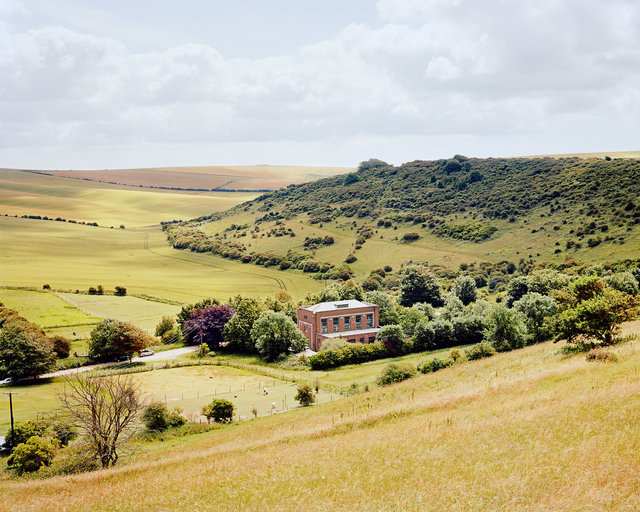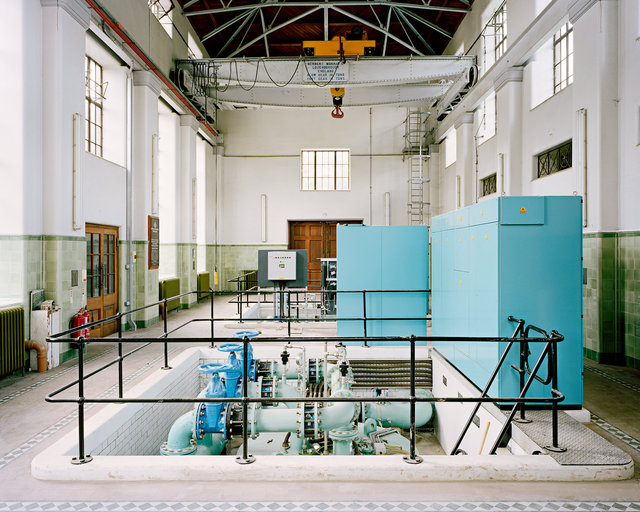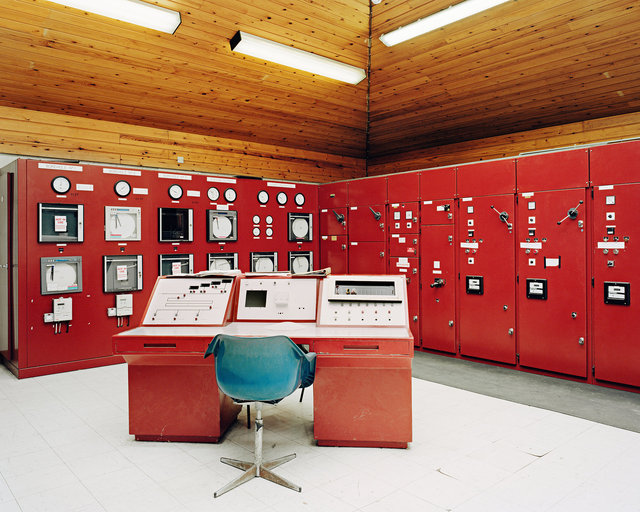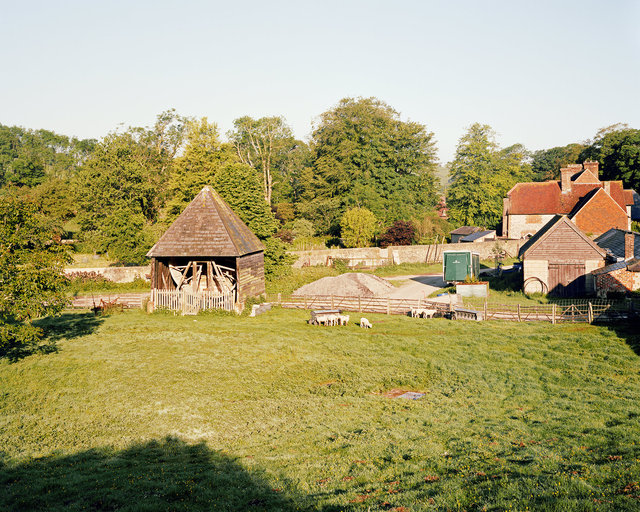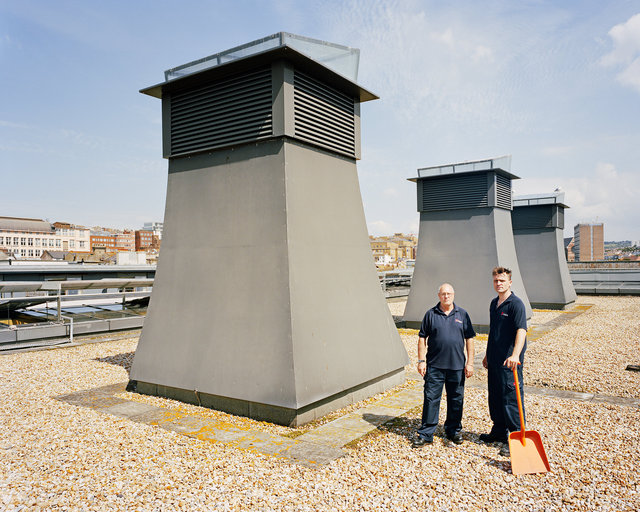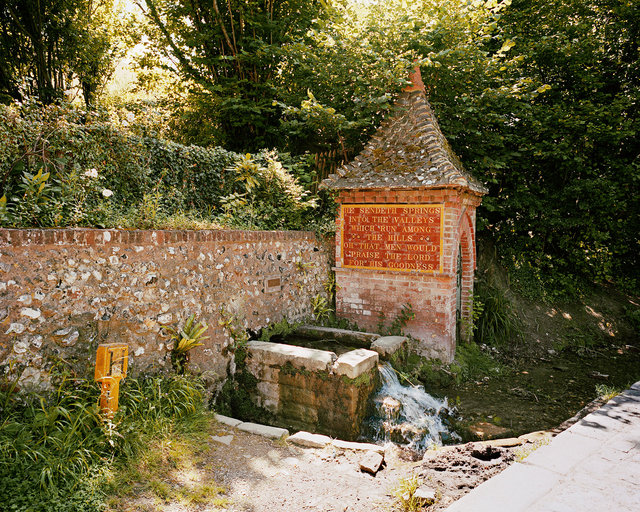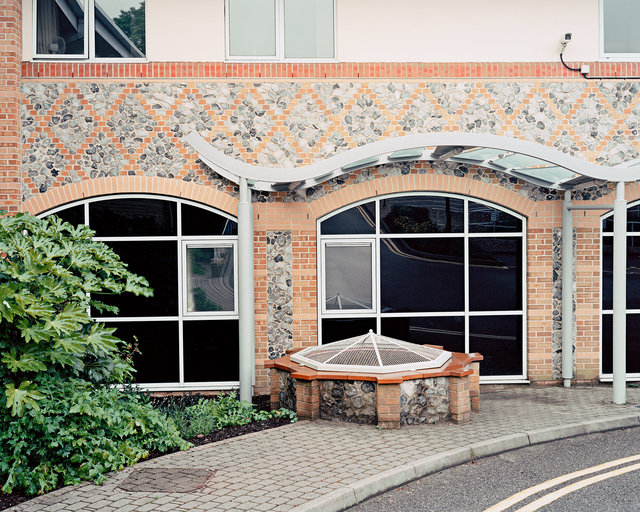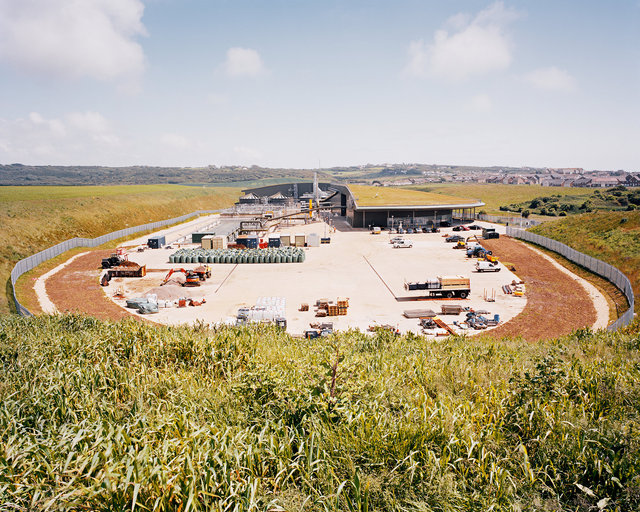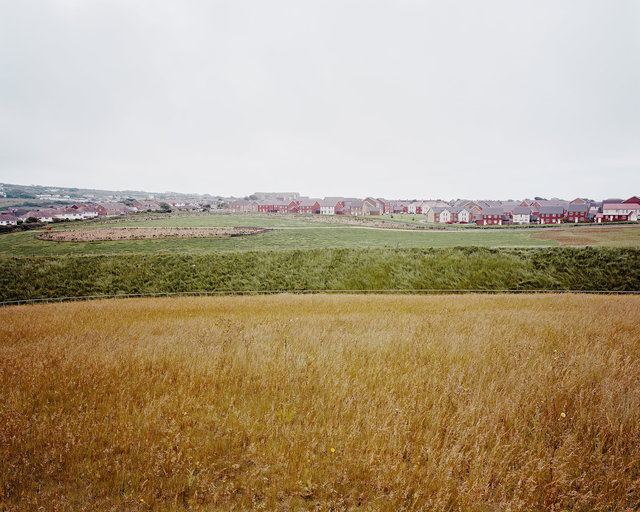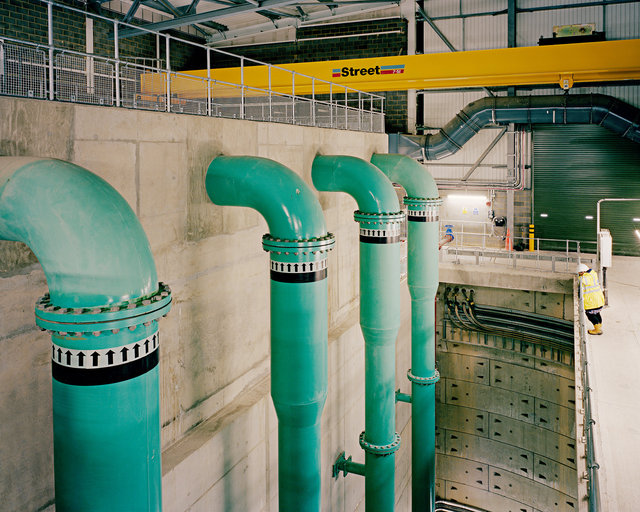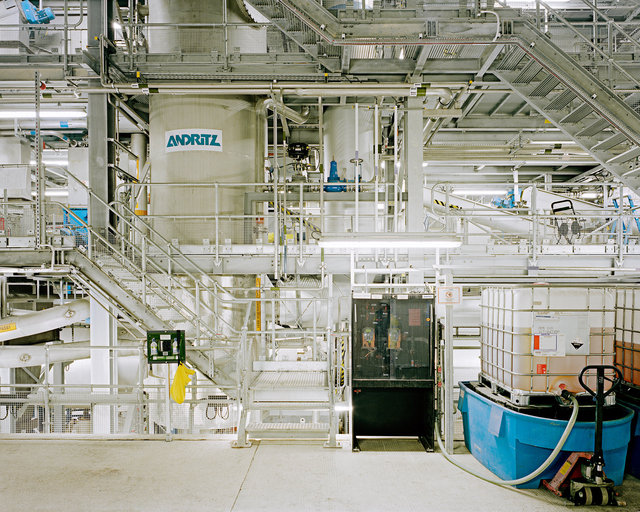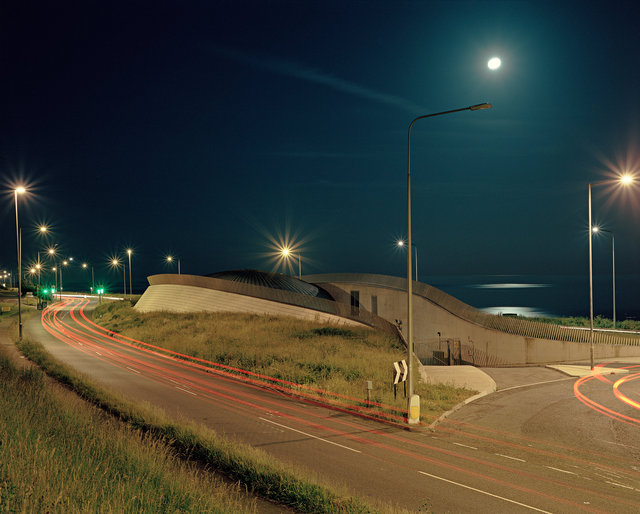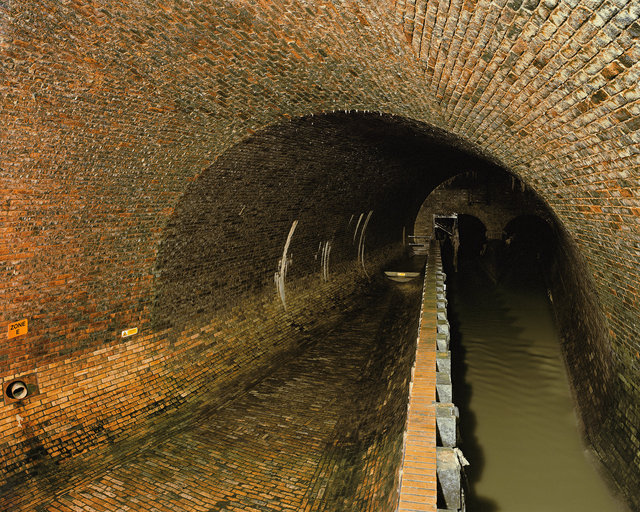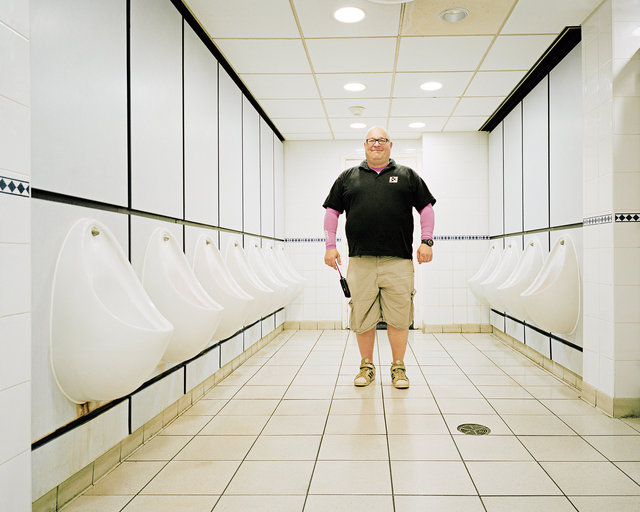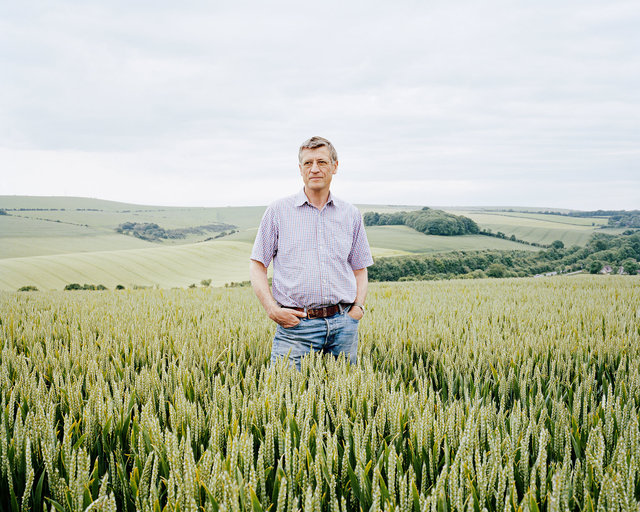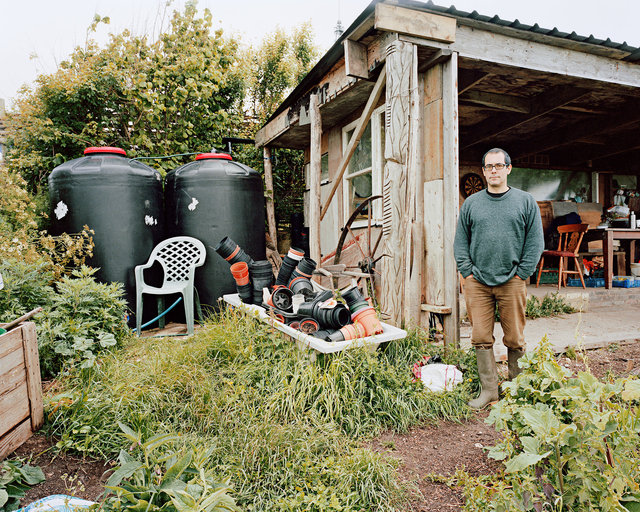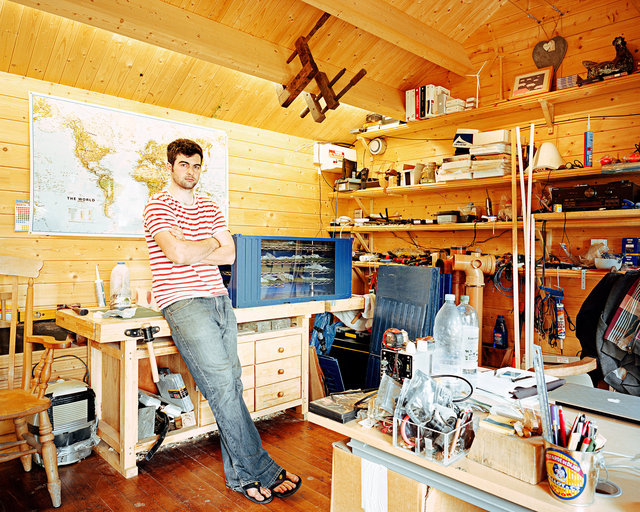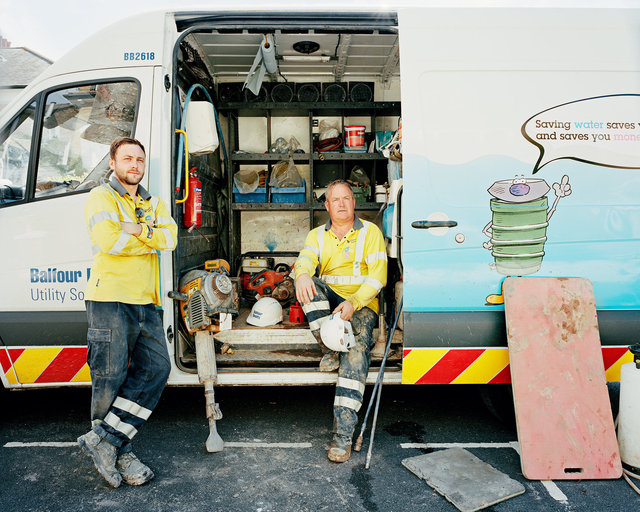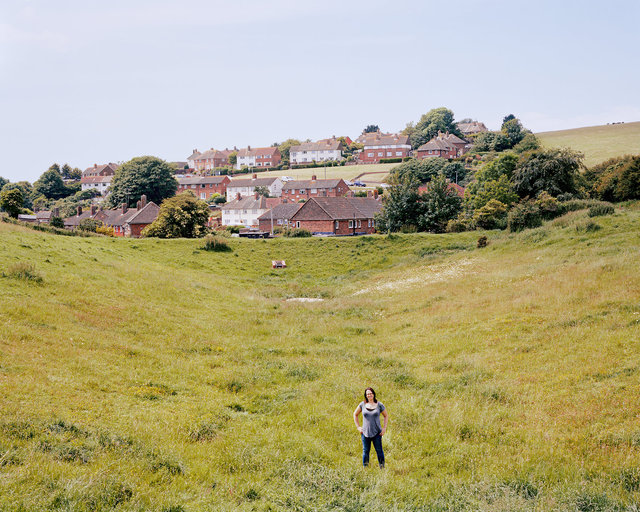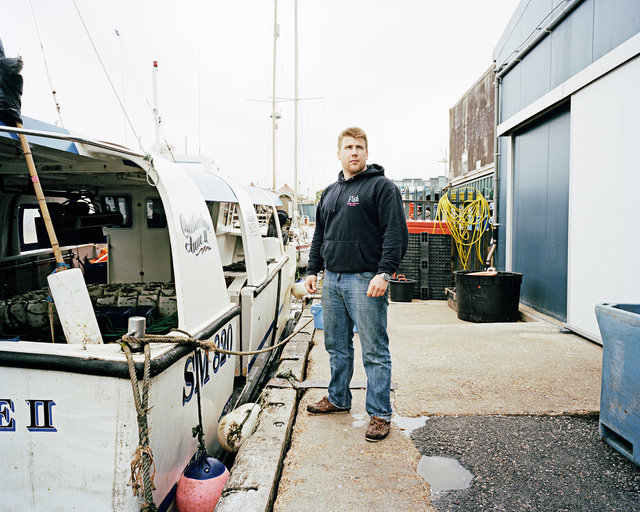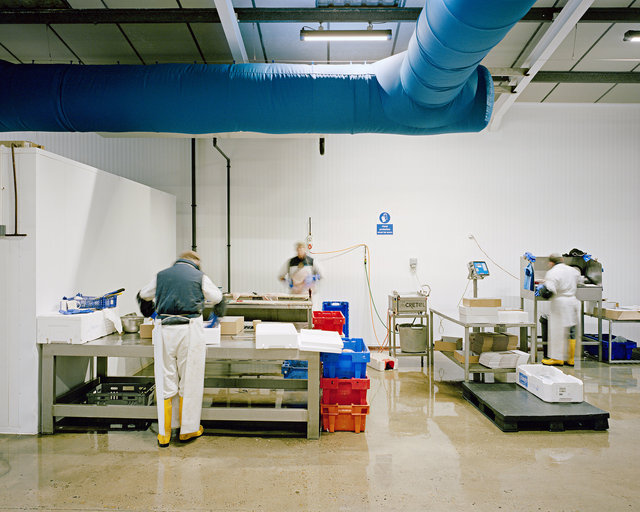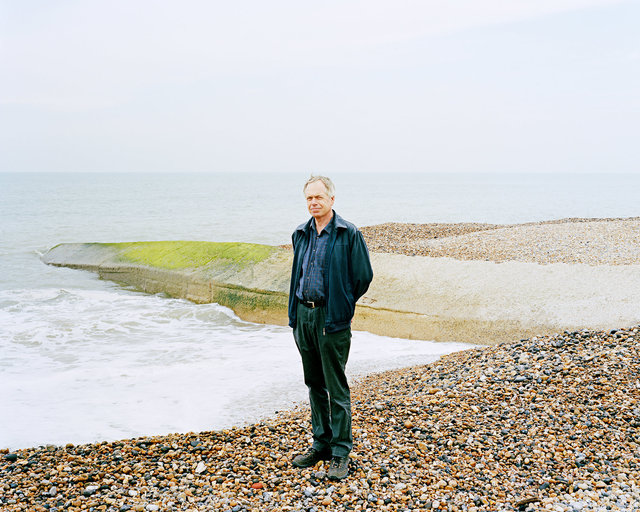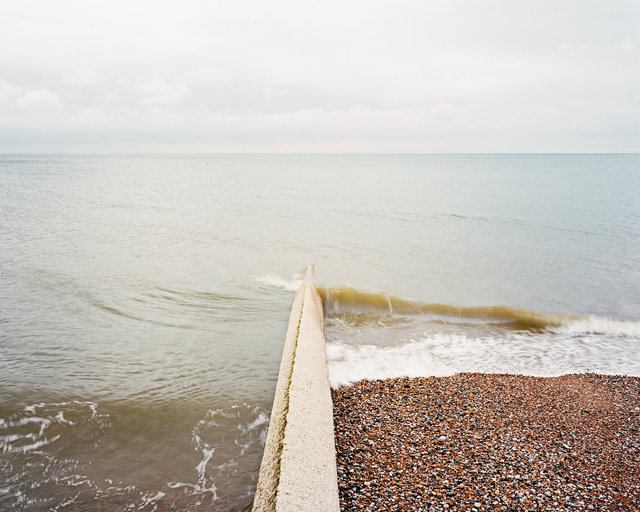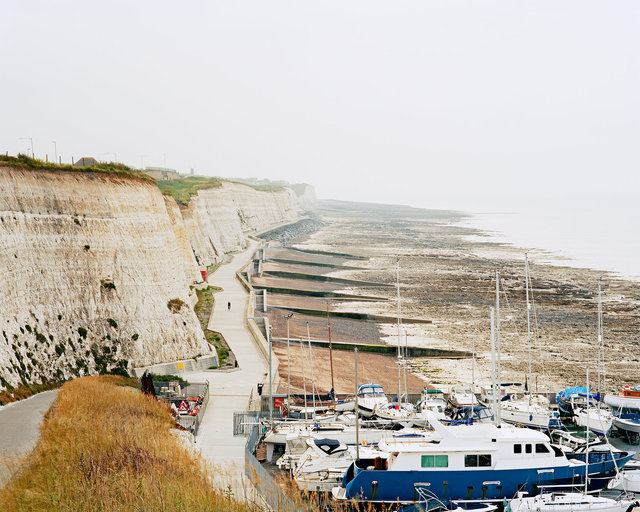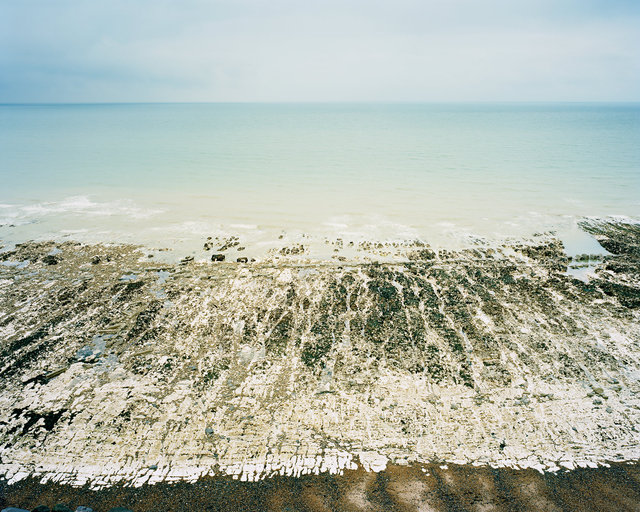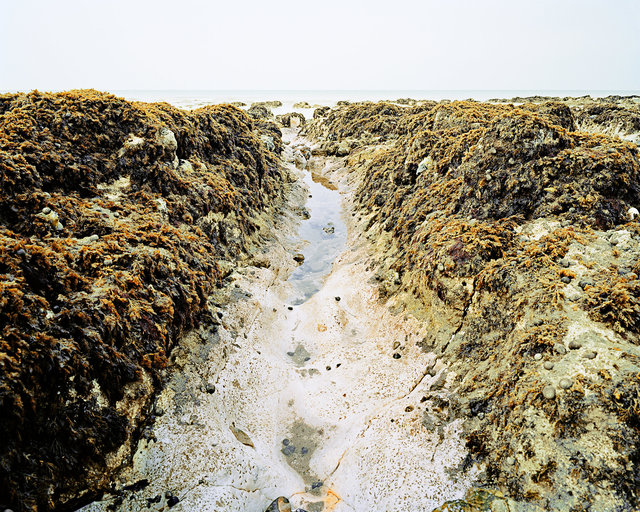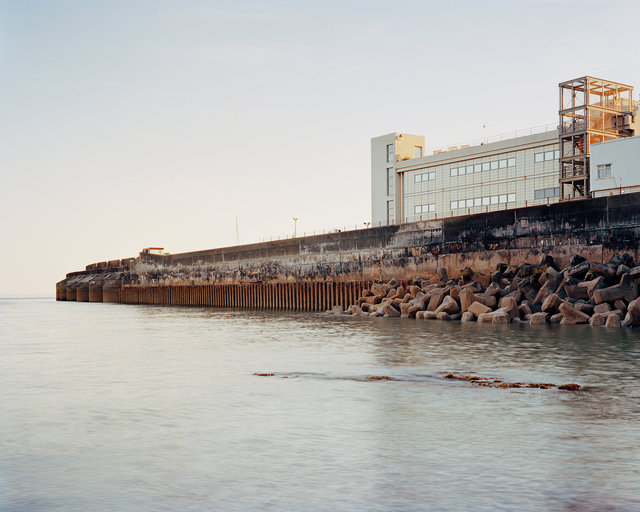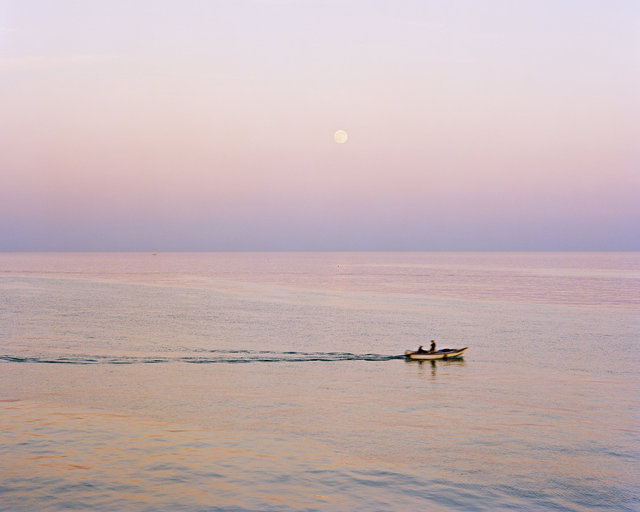Project Details...
This series was commissioned by FotoDocument and Photoworks and opened as part of the Brighton Photo Biennial 2014. Work from the series is being exhibited on Hove Sea Front from October 2014 to July 2015. Exhibition Details here - bit.ly/ZrIrwB --------------------------- Brighton and Hove have been shaped and influenced by water. Not just through an evolving relationship with the sea, but through the challenges of securing a reliable supply of drinking water and dealing with sewage and the spread of disease during the rapid growth of the 19th Century. The challenges continue today, as population growth, increased water consumption and a changing climate all put pressure on water resources. As a result, Brighton & Hove is classified as an area of ‘serious water stress’. As there are no rivers within Brighton & Hove, the city is entirely reliant on the chalk aquifer that sits beneath it and the Downs for its drinking water. This store of fresh water must be carefully managed and protected to provide a clean and reliable supply. As a coastal city, it must defend itself from the sea and be prepared for more frequent extreme weather events and rising sea levels, while maintaining and improving seawater quality and protecting vulnerable marine life and habitats. The recent designation of a Marine Conservation Zone west of Brighton Marina and the award of UNESCO Biosphere Reserve status to the area are positive steps. The One Planet Living principle of sustainable water sets high standards to aspire to. Some standards can be met by education and simple changes in behaviour, while others can only be achieved through new technologies and long-term investment in infrastructure.Building on the work of forward-thinking people in the past and with innovative thinking for the future, the city is striving to create a more sustainable relationship with water, in all its forms. As Brighton and Hove’s seafront is so well known, I have tried to focus my attention away from the more traditional views of the city. With my background in environmental science, I was eager to learn more about the region’s geology and the influence the chalk landscape has had on the city. I also wanted to look into the city’s history and to see what impact past events have had on Brighton and Hove’s relationship with water. My intention has been to form a narrative between history, landscapes, people and infrastructure and highlight some of the ways local residents, businesses and the council are conserving, protecting and recycling water today. Like much of my previous documentary work, I shot the majority of this series on a large format 5x4” sheet film camera. The clunky nature of the camera and expense of the film place limitations on the way I can work. Although this can be frustrating, I find these limitations help me to focus on the people, places and topics that I am most interested in and new opportunities and ideas arise as a result. I have learned a lot about water in Brighton and Hove and the South Downs while working on this series. I have also been reminded about how disconnected many of us are from where our natural resources come from and where our waste ends up. In the case of water, it is important that we constantly remind ourselves what a vital resource it is and that we can’t just take it for granted.


